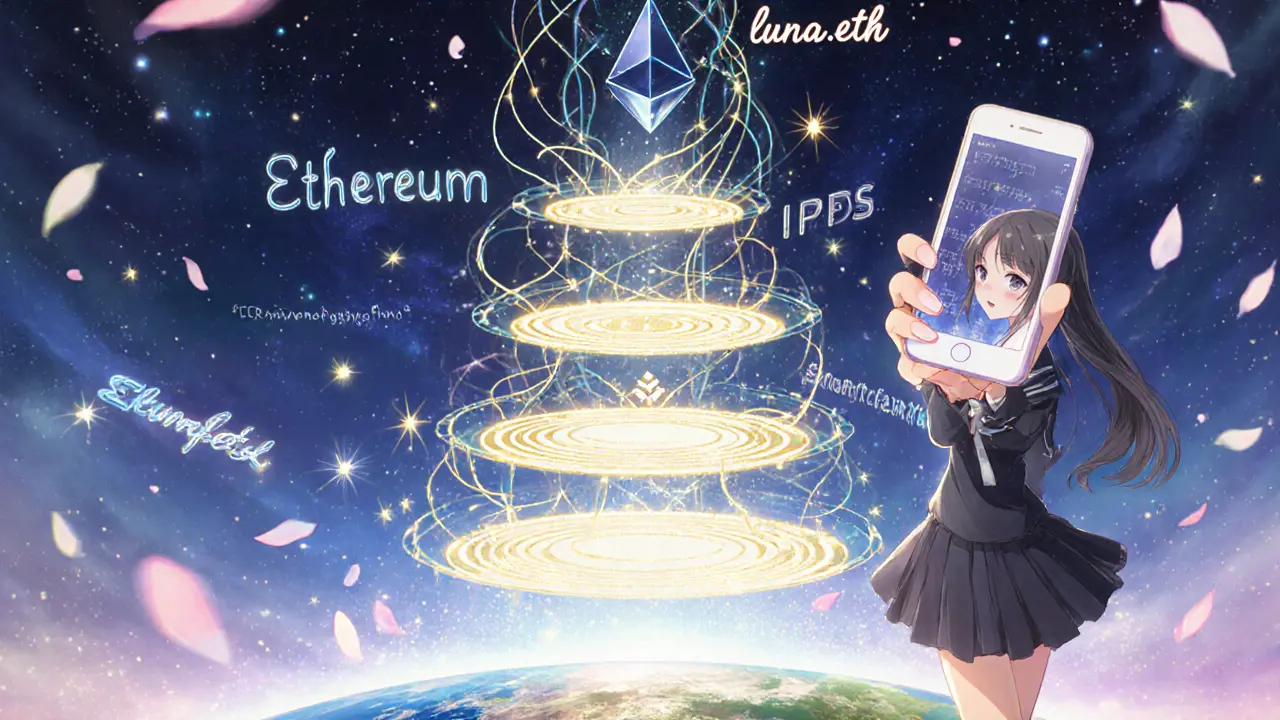Smart Contracts: The Core of Decentralized Innovation
When working with Smart Contracts, self‑executing code on a blockchain that enforces agreements without intermediaries. Also known as smart clauses, they turn traditional contracts into programmable logic that runs 24/7, immutable and trustless.
One of the biggest reasons developers love them is the built‑in link to Tokenomics, the economic design of a token, covering supply, distribution, and incentives. A well‑crafted token model fuels the contract’s utility, whether it’s rewarding gamers in a play‑to‑earn ecosystem or driving liquidity in a DeFi pool. Without clear tokenomics, the contract may stall, users lose confidence, and the whole project can collapse.
But tokenomics alone don’t solve the speed problem. Smart contracts need Blockchain Scalability, techniques that increase transaction throughput while keeping costs low to stay affordable during market spikes. State channels, rollups, and cross‑shard communication are the tools that let contracts process thousands of actions per second without choking the network. When scalability works, contracts can support high‑volume games, real‑time NFT minting, and instant settlement in trading platforms.
Behind every scalable contract sits a solid Consensus Mechanism, rules that let decentralized nodes agree on the state of the ledger. Proof of Work, Proof of Stake, and newer hybrids dictate how quickly a contract’s state updates and how secure it remains against attacks. Choosing the right consensus method directly influences gas fees, finality time, and the environmental footprint of the whole system.
Practical Connections: Tokens, Speed, and Security
Think of a smart contract as a vending machine. Tokenomics decides what snacks are stocked and at what price, blockchain scalability determines how many people can buy at once without a line, and consensus mechanisms ensure the machine never cheats you out of your purchase. This trio shows why a contract can’t be evaluated in isolation – the three elements shape user experience and investor confidence.
In the DeFi world, utility tokens often power governance, staking rewards, and fee rebates. A contract that mints a token with a capped supply and clear distribution schedule can attract liquidity providers who trust the built‑in incentives. Meanwhile, a layer‑2 rollup can slash transaction costs from $20 to a few cents, making it viable for everyday users to swap assets or earn yield.
Gaming projects illustrate the same pattern. A play‑to‑earn title launches a token that rewards in‑game achievements (tokenomics). It then leverages state channels so players can earn and spend tokens instantly without waiting for block confirmations. Finally, it runs on a Proof of Stake chain that offers fast finality and low carbon impact, keeping the community happy and the project sustainable.
Regulatory pieces also fit into this puzzle. Airdrop campaigns, for example, must align with tokenomics to avoid flooding the market, while compliance checks often depend on the underlying consensus layer’s transparency. Understanding how these entities interact helps you spot red flags before investing or building.
Our collection below pulls together deep dives on each of these pillars: from a step‑by‑step guide on building token value, to reviews of exchanges that support high‑yield farming, to analyses of energy‑efficient consensus models. Whether you’re a coder shaping the next contract, a trader hunting low‑fee routes, or a hobbyist curious about how smart contracts power meme coins, you’ll find concrete details and actionable advice.
Ready to explore the concrete examples, risk assessments, and how‑to guides that bring these concepts to life? Scroll down to see the full set of articles that flesh out tokenomics design, scalability tricks, consensus comparisons, and real‑world contract applications.
Web3 Technology Stack Explained: How Decentralized Apps Really Work
The Web3 technology stack is the hidden infrastructure behind decentralized apps. Learn how blockchain, smart contracts, and decentralized storage work together to create a web where users own their data - not corporations.
Boost Fan Engagement with NFT Tickets: A Practical Guide
Learn how NFT tickets transform fan engagement by adding security, royalties, and collectible perks, plus a step‑by‑step guide for event organizers.
Decentralized Finance (DeFi) Explained: A Beginner’s Guide
A clear, beginner‑friendly guide that defines DeFi, explains how it works, outlines key components, benefits, risks, and steps to start using decentralized finance today.


